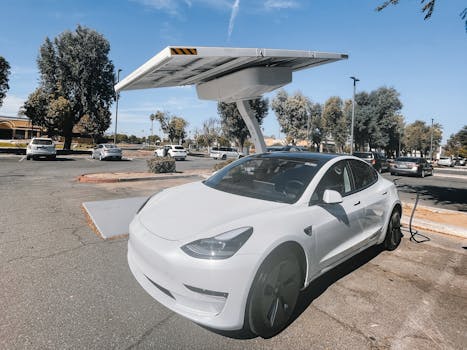
Smart Cities: Urban Trends for 2025
Smart Cities are revolutionizing the way we live, work, and interact with our environment. As we look to the future, it’s essential to understand the urban trends and innovations that will shape the cities of 2025. In this article, we’ll explore the latest developments in sustainable infrastructure, cutting-edge technology, and innovative urban planning.
Section 1: Sustainable Infrastructure
Sustainable infrastructure is a crucial component of smart cities. As the world’s population continues to urbanize, cities must find ways to reduce their environmental footprint while providing essential services to their citizens. Some of the key trends in sustainable infrastructure include:
- Renewable energy sources, such as solar and wind power
- Green buildings and energy-efficient architecture
- Sustainable transportation systems, including electric vehicles and hyperloops
- Smart grids and energy management systems
These innovations will not only reduce the environmental impact of cities but also provide cost savings and improved quality of life for citizens.
Section 2: Cutting-Edge Technology
Cutting-edge technology is transforming the way cities operate and interact with their citizens. Some of the key trends in smart city technology include:
- Internet of Things (IoT) devices and sensors
- Artificial intelligence (AI) and machine learning
- Blockchain and cybersecurity
- 5G networks and high-speed connectivity
These technologies will enable cities to become more efficient, responsive, and resilient, while also providing new opportunities for innovation and economic growth.
Section 3: Innovative Urban Planning
Innovative urban planning is critical to creating smart cities that are livable, sustainable, and equitable. Some of the key trends in urban planning include:
- Mixed-use development and walkable neighborhoods
- Public transportation and mobility-as-a-service
- Green spaces and urban parks
- Inclusive and accessible design
By prioritizing people-centric design and community engagement, cities can create vibrant, thriving environments that support the well-being and prosperity of all citizens.
Section 4: Case Studies and Examples
There are many examples of smart cities around the world that are leading the way in innovation and sustainability. Some notable case studies include:
- Singapore’s Smart Nation initiative
- Barcelona’s Superblock program
- Copenhagen’s carbon neutral ambitions
- New York City’s smart city initiatives
These cities demonstrate the potential of smart city technologies and strategies to improve the quality of life for citizens, while also driving economic growth and environmental sustainability.
Section 5: Conclusion and Future Outlook
In conclusion, the smart cities of 2025 will be shaped by a combination of sustainable infrastructure, cutting-edge technology, and innovative urban planning. As cities continue to evolve and grow, it’s essential to prioritize people-centric design, community engagement, and environmental sustainability.
The future of smart cities looks bright, with many exciting trends and innovations on the horizon. From autonomous vehicles to virtual reality, the possibilities are endless, and the potential for positive impact is immense.




